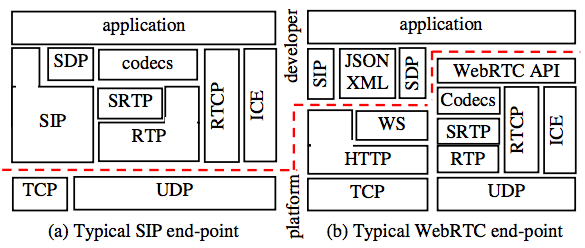WebRTC vs. RTP: Echtzeit-Kommunikationsoptionen entschlüsseln

WebRTC und RTP sind beides Protokolle für Echtzeitkommunikation. WebRTC wird für Peer-to-Peer-Verbindungen verwendet, RTP hingegen für Streaming-Medien. WebRTC, kurz für Web Real-Time Communication, ermöglicht direkte Peer-to-Peer-Kommunikation in Webbrowsern und mobilen Apps. Es unterstützt…

